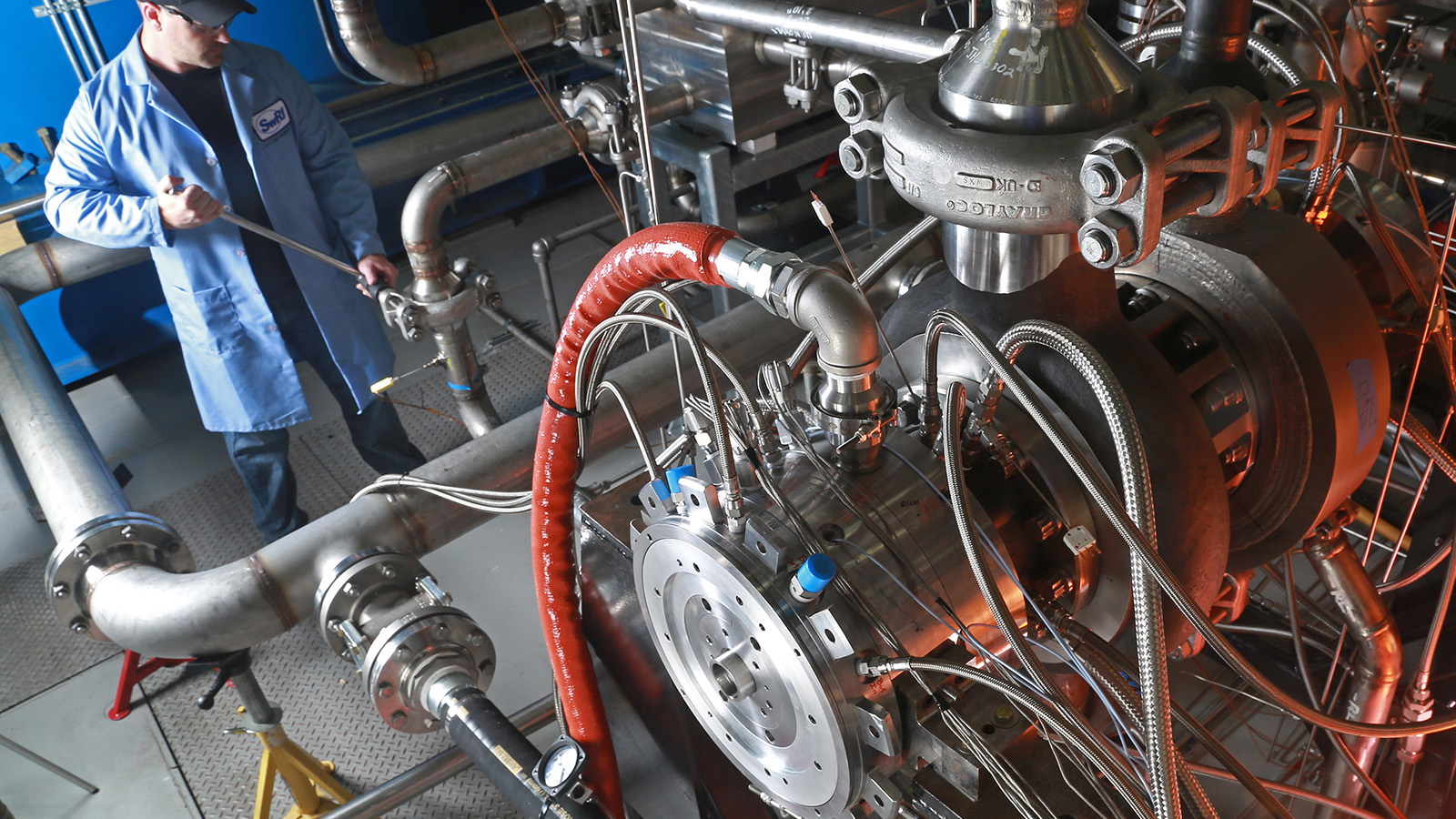Stay Up to Date
Submit your email address to receive the latest industry and Aerospace America news.
The Terrestrial Energy Systems Technical Committee works to advance the application of engineering sciences and systems engineering to the production, storage, distribution and conservation of energy for terrestrial uses.
Japan published the Sixth Strategic Energy Plan in October, laying out Japan’s approach to achieving carbon neutrality by 2050. In December 2020, Japan released its Green Growth Strategy to achieve carbon neutrality by 2050. It includes action plans for 14 growth sectors. Five of them are strongly related to the technologies employing combustion of hydrogen and ammonia. As an example, the National Institute of Advanced Industrial Science and Technology’s Fukushima Renewable Energy Institute, or FREA, is developing an internal combustion engine using hydrogen and ammonia as the fuel.
In January, Mitsubishi Heavy Industries Engine and Turbocharger Ltd. announced joint research with FREA of a hydrogen engine. MHIET aims to make a 1 megawatt-class hydrogen engine available for the introduction of the hydrogen economy in the 2030s. FREA also achieved gas turbine power generation of 50 kilowatts firing 100% ammonia. These results could contribute to significant reductions in greenhouse gas emissions.
Another promising technology is biofuels for aviation. Projects on the production of bio-derived aviation fuels using waste wood and microalgae started in 2017 as the consignment business of the New Energy and Industrial Technology Development Organization. Biomass-based production fuel met the requirements for the ASTM International standard. In May 2020, Japan-based IHI Corp. obtained a new ASTM standard for algae-based sustainable aviation fuel. These SAF were used on regular flights of Japan Airlines and All Nippon Airways in June.
Supercritical carbon dioxide power generation was another carbon-neutral technology attracting much attention. These systems, using supercritical carbon dioxide as the working fluid within their power cycle, offer higher efficiency, compact components as well as reduced emissions and construction costs. This past year, the Advanced Research Projects Agency-Energy funded several projects that promote cleaner, more efficient power generation using this technology. In February, General Electric received a grant to optimize a direct-fired cycle for electricity generation on a grid with highly intermittent input from renewable energy sources, seeking to achieve lower electricity cost with near-zero carbon emissions. Direct-fired supercritical carbon dioxide cycles provide high-purity carbon dioxide as a combustion product that is readily available for reuse or storage. In March, Southwest Research Institute received funding to implement renewable energy storage using liquid oxygen besides the air separation unit in a direct-fired system. In June, Raytheon Technologies was awarded a contract to develop an ultra-efficient, lightweight gas turbo-electric engine using this technology with waste heat recovery to enable designing a narrow body commercial aircraft with net-zero carbon emissions.
Funded by the U.S. Department of Energy’s National Energy Technology Laboratory, the Supercritical Transformational Electric Power program is a project for the design, construction, operation, evaluation and performance demonstration of a 10-megawatt-electric pilot plant using an indirect-fired cycle. Indirect-fired supercritical carbon dioxide cycles offer the benefit of heat source flexibility by separating the supercritical carbon dioxide working fluid from the heat source. A team led by Gas Technology Institute together with Southwest Research Institute, General Electric and several international partners is developing this facility, located at the Southwest Research Institute campus in San Antonio, Texas. The Gas Technology Institute announced in August that it had completed mechanical assembly of the supercritical carbon dioxide process heater. Further advancement of this technology continued throughout the year focusing on designing combustors, turbines, heat exchangers and turbomachinery shaft end seals along with developing pilot power plants.
Stay Up to Date
Submit your email address to receive the latest industry and Aerospace America news.




